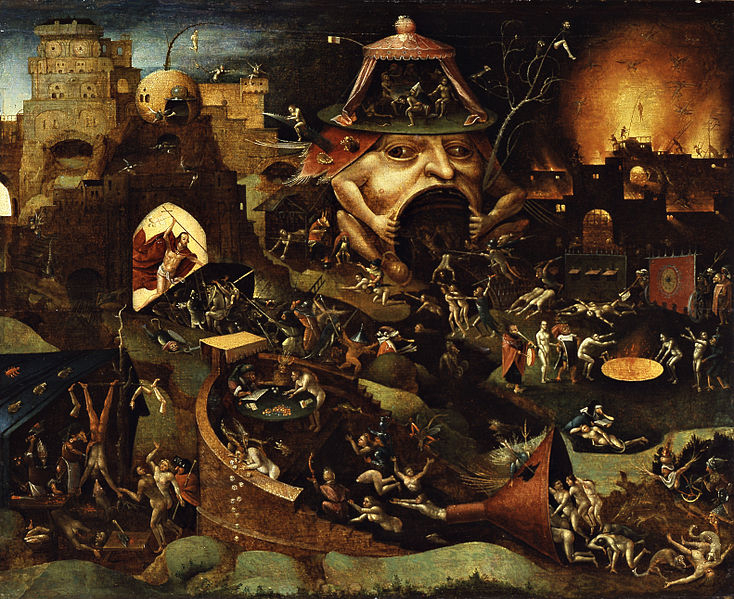It was in 1951 when an unusual illness hit a small French town of Pont-Saint-Esprit. The people who got sick complained of abdominal pains and delirium, which is a serious disturbance in mental abilities that results in confused thinking and reduced awareness of surroundings.
The victims of the mysterious illness also claimed that they had hallucinations of flames and hellish creatures. Some of them tried to throw themselves out of their windows to stop the imagination. Almost 300 people in the region were taken to hospital and five died and 60 people ended up in psychiatric wards. But the suffering did not stop easily for many, as some of the affected people again started to hallucinate the visions of hell almost a month later.
While many medical experts and historians claim that such mental health issues could have occurred due to rye ergot fungus, a parasite that latches onto rye crops, and also wheat, barley, oats, and wild grass, in today's world this mysterious ill still sparks debate in the medical world.

The mysterious illness in France
In the 1950's people who suffered from the illness most likely ate bread made with contaminated rye flour and contracted what we know as "ergotism." But in the Middle Ages, this illness had received several other names such as "burning disease," "hell fire" or "St Anthony's fire" and "St Andrew's fire."
It should be noted that Ergotism was discovered at the time when people started to cultivate grain almost 10,000 years ago. This fungus grows on rye and related plants and produces alkaloids that can cause ergotism in humans and other mammals who consume grains contaminated with its fruiting structure.
Historians and chemists claimed that Greeks were using the Ergot as a chemical weapon and a psychoactive drug during the celebrations of the Eleusinian Mysteries, which were the secret rituals of the mystery school of Eleusis and were observed regularly from c. 1600 BCE - 392 CE.
In the 1950s, the illness-causing hallucination of hell was often blamed on the supernatural. The victims believed that they were being harassed or possessed by demons. Many people also claimed that the infamous Salem witch trials of the 17th Century were the result of hallucinations caused by contaminated rye. The hallucinations also were interpreted as witchcraft and because of that 20 people were hanged.

The dangerous fungus: Ergot
It should be noted that in the 10th century, this illness regularly killed tens of thousands in western Europe at a time when poor people were forced to eat contaminated grain. The historian Flodoard during an epidemic in the year 945 wrote that "Several men had their limbs afflicted by sores in Paris and neighboring towns," adding that "the limbs, burnt bit by bit, were consumed until death ended the torment." Almost 50 years later the Ergot killed 40,000 in the south of France.
The fungus works just like serotonin, which is important for humans in terms of the proper functioning of the digestive system, the mood and the sleep cycle. Scientists identified two forms of ergotism, one is gangrenous and conclusive, which is less deadly but just as frightening.
Convulsive ergotism was a type of serotonin syndrome when the human brain sends erratic signals to the rest of the body. From the Middle Ages until the 17th century it swept through Norway, causing the infected people to convulse violently for hours at a time, locking their limbs into grotesque and painful positions.
The convulsions were so strong that they could cause pregnant women to miscarry. During the 1500s, midwives fed the Ergot to women to induce labor, but the practice was stopped in the 1800s due to the side effects such as uterine rupture.
Despite such horrific effects, scientists now use the properties of the fungus to treat migraines. Now, similar alkaloids are used for postpartum hemorrhage, or major blood-loss after childbirth. Swiss chemist Albert Hofmann, who showed interest in the fungus later paved the way for several treatments, including hemorrhages, infertility, and Parkinson's disease.








